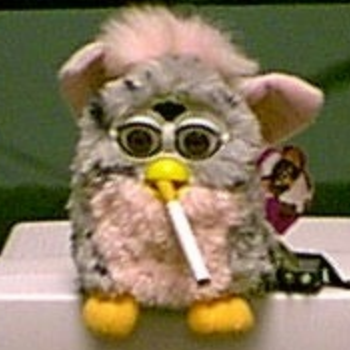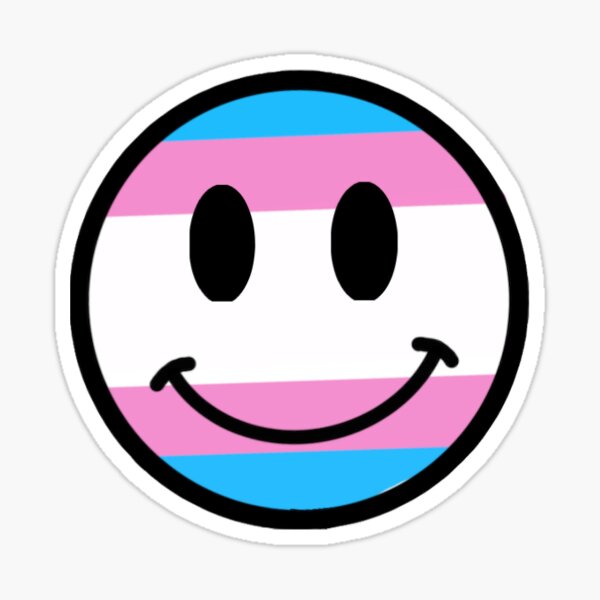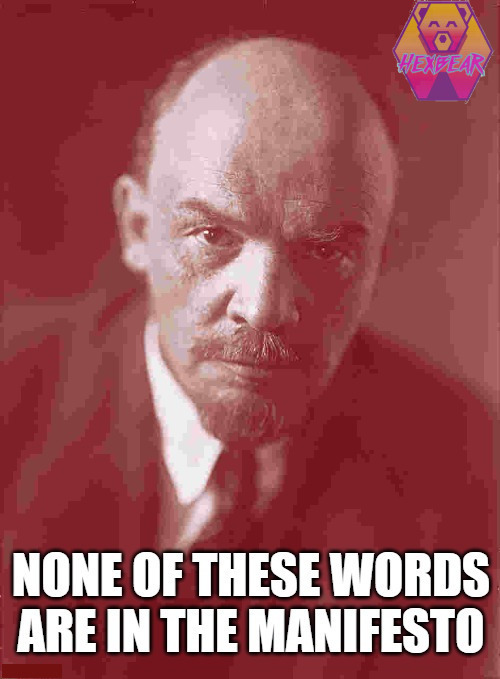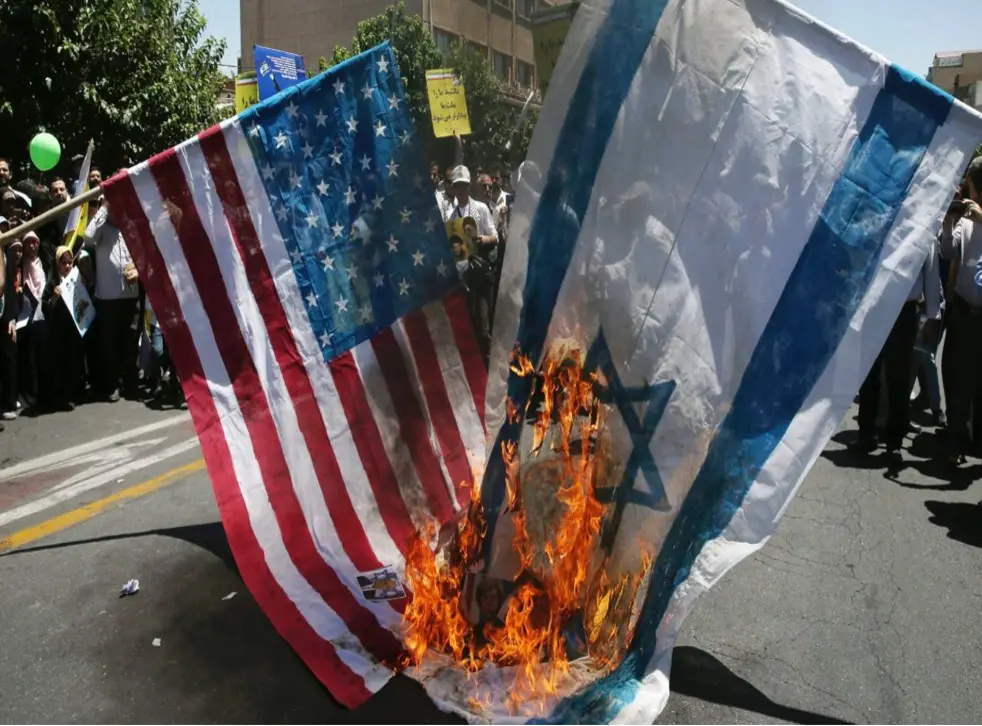Is there any interesting research or studies regarding what ancient people or cultures pre monotheism did in regards to gender or sexuality?
I have old friends who take the Joe Rogan tribal view of like eating meat all the time and I just want to challenge them about the whole alpha male thing.
People we would today call trans people have existed probably since the dawn of culture. In ancient Mesopotamia the most important deity in the pantheon, Inana (in Sumerian)/Isthar (in Akkadian), a goddess of sexuality, combat, and political power, had specific offices for queer people in her cult. The first poet in the historical record, Enheduanna, a Sumerian high priestess and princess of the Akkadian Empire under Sargon the Great of Akkad, wrote the poem Inanna, Lady of Largest Heart. About halfway through she begins to recite the many powers of Inanna, and one of them is, "to turn man into woman / woman into man / are yours Inanna". This is likely referencing a ritual called the Head Overturning Rite, which was the ritual to essentially trans someones gender. The details of what was performed in the ritual have not been found, if they still exist at all. Earlier in the same poem Enheduanna writes,
"Inanna / dressing a maiden / within the women's rooms / the young girl's handsome bearing / the maid a woman evilly spurned / taunted to her face / sways beneath the wrath / thrown on her everywhere / her only path a wanderer / in dim and lonely streets / her only rest a narrow spot / in the jostling market place / where from a nearby window / a mother holds a child / and stares / this dreadful state / the Lady would undo / take this scourge / from her burdened flesh / over the maiden's head / she makes a sign of prayer / hands then folded at her nose / she declares her manly-woman / in sacred rite / she takes the broach / which pins a woman's robe / breaks the needle, silver thin / consecretes the maiden's heart as male / gives to her a mace / for this one dear to her / she shifts a god's curse / a blight reversed / out of nothing shapes / what has never been / her sharp wit / splits the door / where cleverness resides / and there reveals / what lives inside"
"the unafraid / who shun her outstreached net / will slip and snag in its fine-eyed mesh / a man / one who spurned her / she calls by name / makes him join / woman / breaks his mace / gives to him the broach / which pins a woman's robe / these two SHE changed / renamed / reed-marsh woman [and] reed-marsh man / ordained sacred attendants / of ecstacy and trance / the head-overturned pili-pili / the chief hero kurgarra / enter esctatic trance"
In the poem Inanna and Ebeh Enheduanna writes in part 5, "Inanna Builds a Temple to Her Victory,"
"summon a kurgarra for holy office / bestow the sacred implements / hallowed mace and dagger / summon a gala, singer of lamentation / dispense the tools of office / kettle drum and hand drum / summon holy attendants / for ritual head-overturning / priest to become woman / priestess to become man"
Enheduanna wrote these poems around 2,300 BCE but Inanna's cult had existed for at least a few millenia by then. The galaturra and kurgarra that are mentioned originate as sexless beings that were created by Enki to save Inanna in the Inanna's Descent to the Underworld myth, but they also appear as temple personnel of ambiguous gender in the Cult of Inanna. If you plucked a galaturra, kurgarra, and pili-pili out of their time and cultural contexts and placed them into ours, we would probably call them trans fem, trans fem, and trans masc respectively. In the an Akkadian version of the Descent myth, Inanna-Ishtar is rescued by a genderless being named Asu-Shu-Namir. The ending of the myth provides a mythical explination for transphobia by way of Ereshkigal's curse. Queer people have been here since at least the very dawn of civilization and held esteemed places in society at times. :trans-heart:
Source for the poem quotes is "Inanna, Lady of Largest Heart: Poems of the Sumerian High Priestess Enheduanna" by Betty De Shong Meador. She also has a couple of other books on Inanna-Ishtar and Enheduanna.
Sorry, I changed the formatting so its hopefully more clear. She transitions two people.
There is a small community for it on :reddit-logo:/r/sumer. Posts can be hit or miss but theres some neat resources there.
As a fellow creature of starlight who's just found the perfect deity, i'm glad to help spread the word.
super late reply to a post but i found a small subreddit (r/sumer) trying to try to create sumerian neopaganism from limited documents/info from that period. not sure if i'm that hardcore though lol.
maybe we just create a small hexbear cult. also all those map war games that have crazy high trans players make sense now its just a devotional to our genderfluid goddess of war
Inanna is a very popular godess in some strains of neo-pagan and magical neo-religions.
Not related to your title question but you can challenge them on the "alpha male" idea by saying it's a debunked concept based on studies of animal social structures in captivity, and no such alpha/beta/etc hierarchy exists naturally. Even the original author of the text that popularized the term says it's incorrect.
For your actual question I don't have anything concrete to link you but from what I've heard there were societies in which gender non-conforming or intersex people held a third position outside M/F roles, or were even given respected positions as priests—The Baklâ identity in the Philippines is an example of both these situations, although I don't know much about it beyond what you can find on Wikipedia, and it seems to have complexities beyond what I've described it as here.
Re: alpha males - there have been a lot of studies on modern hunting and gathering, gardening, and semi nomadic cultures. The Kung! People are a great place to start. To be very general, modern hunting and gathering people get like 60+% of their calories from plant sources. For the Kung! At least hunting and foraging are broadly gendered on man/woman lines - men do more hunting of large animals, women do more foraging. But it was recently found that a significant portion of the animal calories came from women and other foragers opportunistically taking small game they encountered while foraging. Basically if they came across a small edible animal they'd whack it with a stick and add it to their forage. This called in to question long standing beliefs about the separation of hunting and foraging behaviors and the belief that hunting was an exclusively man activity.
Important to note, though; the handful of extent modern hunting and gathering cultures have as many differences as similarities. Also, they are not primitive relics of a distant time. Like all humans they are adaptable and have built techniques and cultural technologies suited to exploiting their environment in the here and now. Their activities reflect the climate, politics, and available resources of the 21st century and may not closely resemble earlier hunting and gathering cultures.
There’s tons of indigenous cultures that have space for gender fluid and trans members. Polynesians have mahu, native Americans have two spirit. Etc etc
In indigenous canadian (and likely north american in general) culture and languages there is almost always a term for MTF transwomen, in Lakota its winkte. Sometimes there's a term for FTM transmen, not as often.
Often these people, winkte, were also the only people allowed to take certain leadership and spiritual positions - because they "knew both worlds." There is a cree person who fought the Canadians in the northwest rebellion, his name was Poundmaker and I believe he was winkte (although still used he/him in various documents we have).
Sometimes in other cultures they dig into old burial sites and see female pelvises (or whatever the fuck) buried with male accoutrements like various warrior armor and arms - here is a recent one. These could have been transmen that were just accepted as men.
Scythians are famous for warrior burials with bodies that are female/xy. Something like 25%. We don't know enough to say if these people were equivalent to modern trans men, or were warriors who happened to be men, or were part of some social category we don't have an equivalent to. Unfortunately it's very hard to make good guesses about complex cultural phenomena like gender roles, especially without written sources.
I also recall that there is a group in i want to say southern africa where some afab people had a gender role that was broadly comparable to trans men. I don't want to say it was one to one, and i can't remember enough to say how their gender was understood in the culture, but they lived as men, taking wives, participating in mens councils and social groups, and fighting when appropriate.
Please forgive me if my language is not appropriate. I'm struggling to find language to discuss gender roles across very different cultures without making assumptions or being reductive towards cultures that I don't have enough detail on.
There is a class of people among the indigenous Zapotec in Oaxaca called muxes. Calling them a “third gender” is reductive, but the practice predates Spanish colonization and, since the mid-20th century, is associated with people assigned male at birth taking on feminine aesthetics and social roles around adolescence. The root website for this pdf could have more info for you
http://www.2spirits.com/TrascendiendoEnglishversion.pdf
I spent some time in Juchitán de Zaragoza and met a few people who called themselves muxes, amazing experience. Highly recommend the Casa de la Cultura as well as mercado 5 de septiembre near the central park/zocalo. The Oaxacan Isthmus food is spectacular as well.
Tons. It's a popular topic of research. I can't reccomen anything off hand but there's a lot out there.
As for alpha paleo cavemen, go look up Otzi the ice man. His body was so well preserved that his stomach contents could be analyzed and he certainly wasn't eating piles of raw liver.
I've got some stuff from contemporary anthropology in Polynesia so I can type that up later if it's acceptable. I'd really be interested in historical examples as was the spirit of this post so I don't wanna dump a post where it's not appropriate
I don't have anything to back this up, but there's a weird quirk in "viking" law (from one place at one time). Sex between men was strongly, brutally condemned. But only the "passive" partner was considered to have transgressed. The "active" partner was not believed to have done anything unlawful or shameful. I've long wondered if this hints at a gender category of people like modern trans women. If having sex as the "active" man was not considered taboo, but being the "passive" man was violently condemned, could that mean there was a category of people who were considered to be distinct from men, but similar in some respects, and having sex with these people was not considered having sex with men, hence the need for legal specificity?
Idk, gender and northern europe is fairly weird. At certain times and places we have evidence of extreme violence against men who transgressed gender norms, but we also have stories where Odin transgresses gender norms in the most taboo ways possible. Loki is famous for using his shapeshifting abilities to change gender and at various times performs the biological role of both male and female parent, both siring children and giving birth to children. Thor gets in to some gender bending adventures as well. Freyja and the valkyries have strong associations with stereotypically masculine activities like war and hunting. Notably, while Odin's hall of Valhalla is more famous, he actually splits the valorous dead fifty/fifty with Freyja. Freyja hosts half of the valorous dead in her hall called Folkvangr. I don't know exactly what to make of that, but I think it's not entirely unreasonable to suggest that Freyja was considered a war-god co-equal with Odin in prestige and honor.









